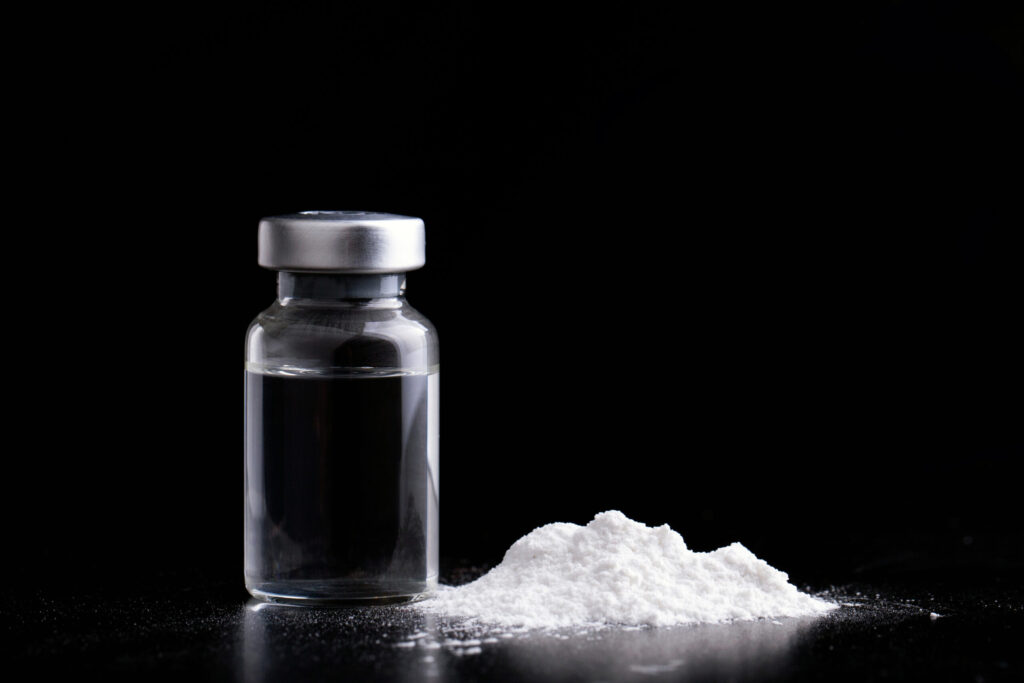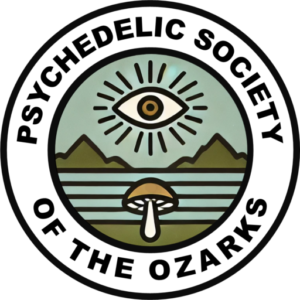What are Psychedelics?
Psychedelics. The word alone carries a sense of mystery, adventure, and transformation. But what are they, really? Some say they’re tools for expanding consciousness, others call them medicine, and some just see them as a wild ride through the depths of the mind.
At their core, psychedelics are substances that alter perception, thought, and emotion—sometimes in ways that are deeply profound, sometimes in ways that are just downright strange. They’ve been used for centuries (if not longer) by cultures around the world for healing, spiritual connection, and self-exploration. And in recent years, science has started catching up, showing how these substances can help with everything from depression and anxiety to PTSD and addiction.
But enough about that—let’s get into the good stuff.
The Usual Suspects: Common Psychedelics
Psychedelics come in all shapes and sizes—some grow straight from the earth, others are synthesized in labs. They all have their own personalities, quirks, and ways of showing you the world in a completely new light.
Magic Mushrooms (Psilocybin)
Ah, the classic. Psilocybin mushrooms (or “shrooms”) have been used for thousands of years in spiritual ceremonies and, more recently, in dorm rooms and therapy sessions alike. They typically bring on deep introspection, vibrant visuals, and a connection to something greater than yourself.
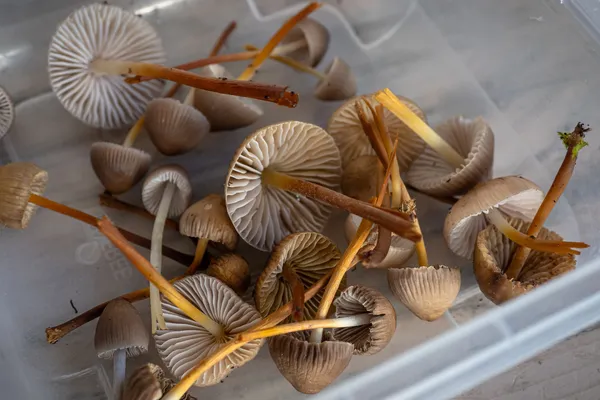
LSD (Acid)
The granddaddy of modern psychedelics. Discovered in 1938, LSD takes you on a 12-hour rollercoaster through time, space, and the fabric of your own mind. It’s famous for geometric patterns, deep philosophical insights, and the occasional moment of sheer, blissful absurdity.
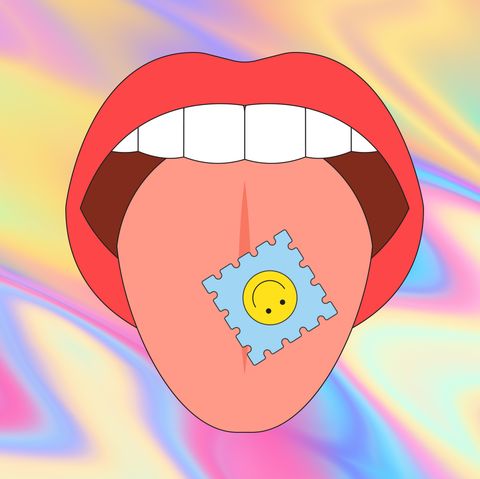
DMT (The Spirit Molecule)
The stuff of legends. DMT is found in plants, animals, and even our own bodies. Take a hit, and in seconds you’re catapulted into another dimension, meeting entities, seeing sacred geometry, and experiencing something that defies language. Short-lived but intense.
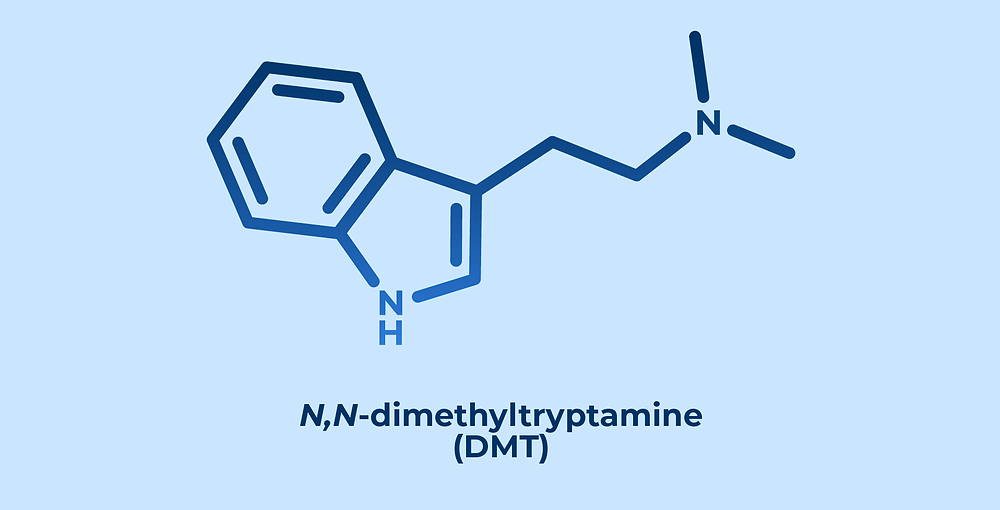
Ayahuasca (The Vine of the Soul)
Not for the faint of heart. Ayahuasca is a powerful plant medicine brewed by Amazonian shamans and used for deep healing. It’s a mix of DMT-containing plants and an MAOI that allows the experience to last for hours, bringing visions, purging, and life-changing realizations.
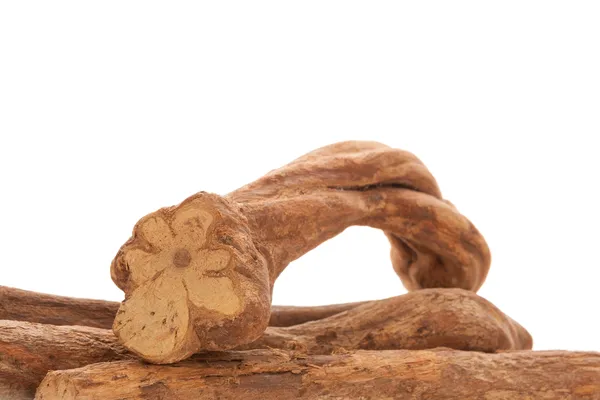
Peyote & San Pedro (Mescaline Cacti)
Ancient wisdom in plant form. These cacti have been used by Indigenous peoples for thousands of years in ceremonies that last through the night. Mescaline brings a gentle, heart-opening experience, often full of warmth, connectedness, and an appreciation for nature.

MDMA (Ecstasy/Molly)
Okay, technically not a “classic” psychedelic, but it deserves a spot. MDMA is all about love—opening the heart, deepening relationships, and helping people process trauma. It’s the backbone of many underground therapy sessions and a favorite on the festival circuit.
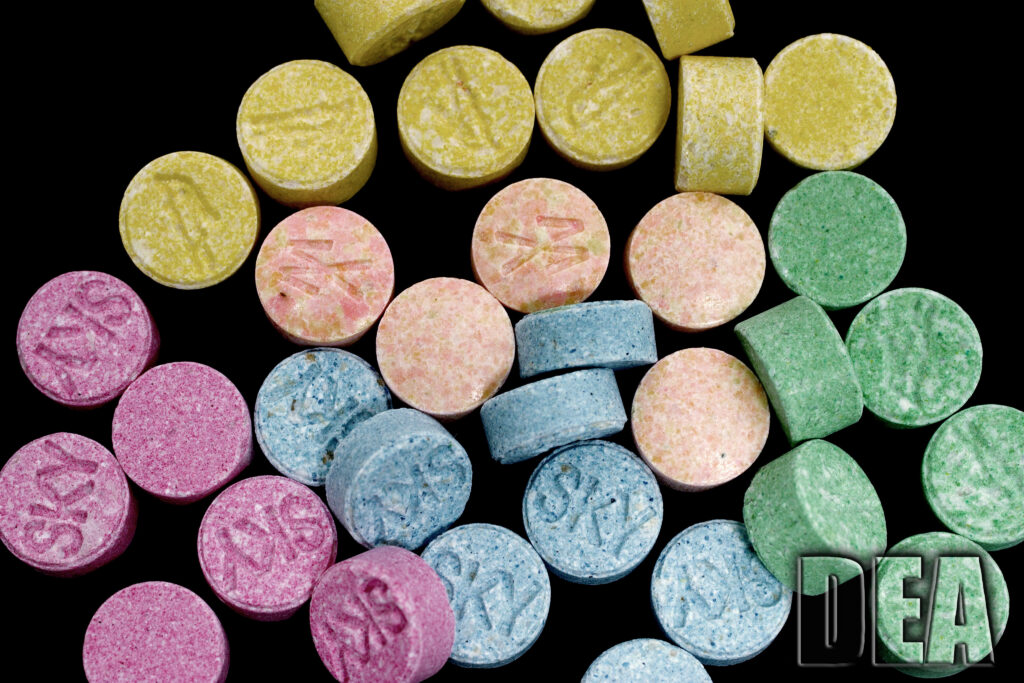
Ibogaine
A journey to reset, renew, and reclaim your life. Ibogaine is traditionally used in spiritual and healing ceremonies by indigenous communities in West Africa. It is best known for its powerful anti-addictive properties, particularly in treating opioid dependence. Users often report intense, visionary experiences that offer profound psychological insights.
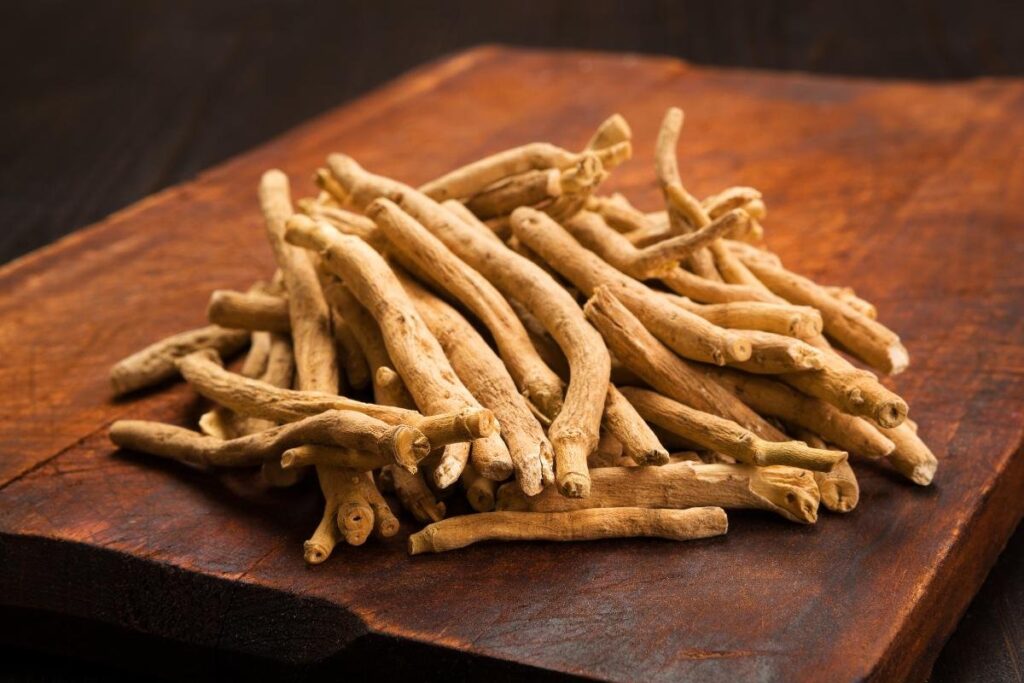
5-MeO-DMT
Dissolve the ego, awaken the soul. 5-MeO-DMT is a potent, fast-acting psychedelic found in certain plants and in the venom of the Bufo alvarius. It produces rapid and overwhelming effects, yet typically only lasting 15–20 minutes. Known for its intensely transformative effects, it induces a profound non-dual or ego-dissolving experience, often described as a state of pure consciousness.
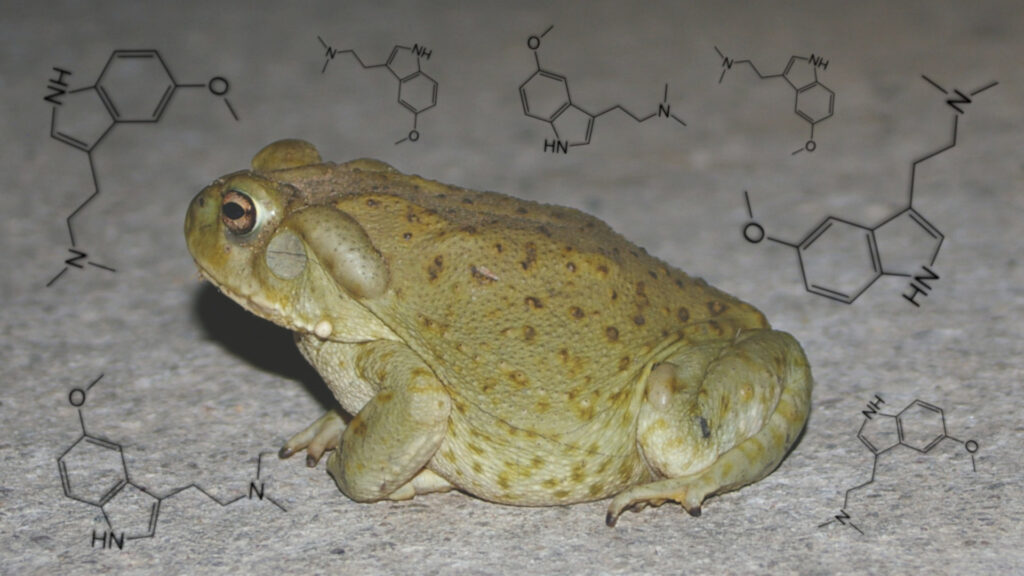
Ketamine
Dissolve boundaries, discover clarity, embrace healing. Unlike classic psychedelics, which primarily affect serotonin receptors, ketamine works by blocking NMDA receptors, leading to rapid antidepressant effects and neuroplasticity. At sub-anesthetic doses, it induces a dreamlike, out-of-body experience, often described as dissociative, mystical, or ego-dissolving.
